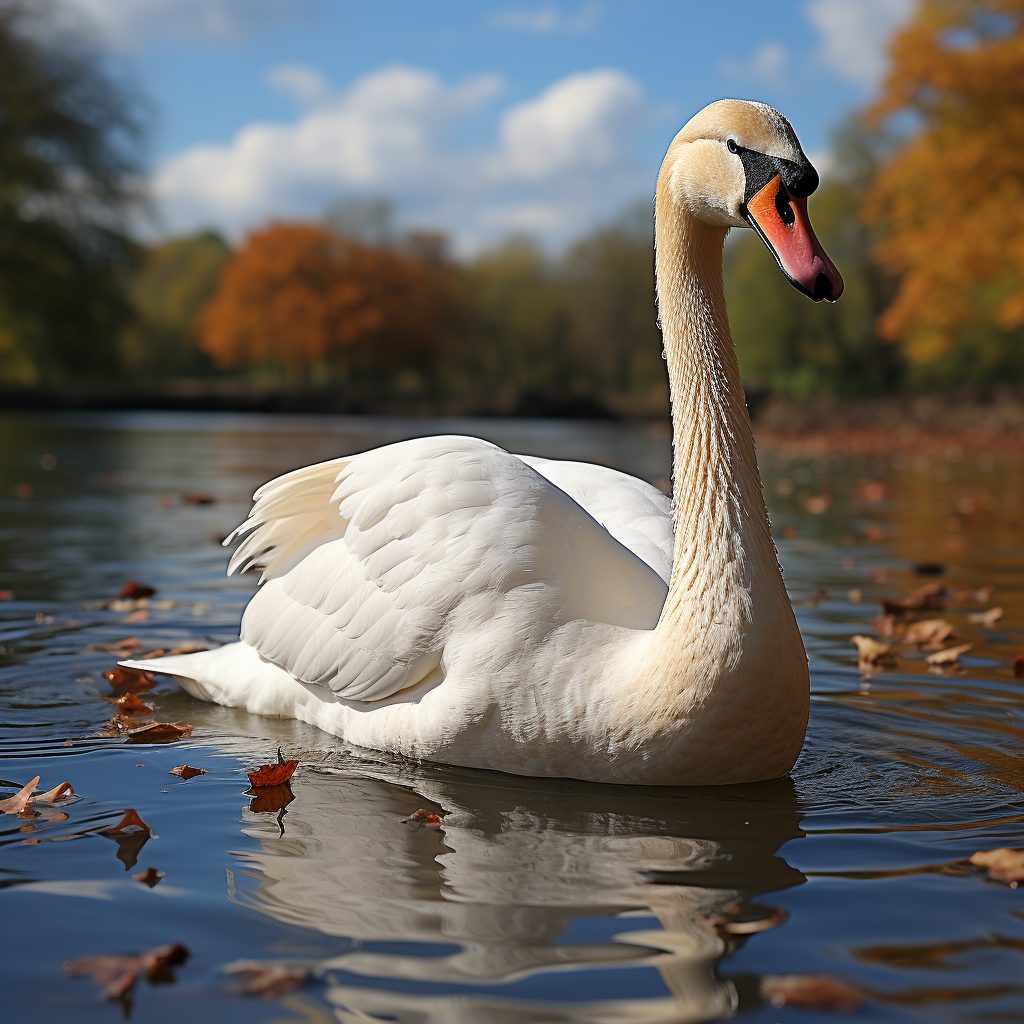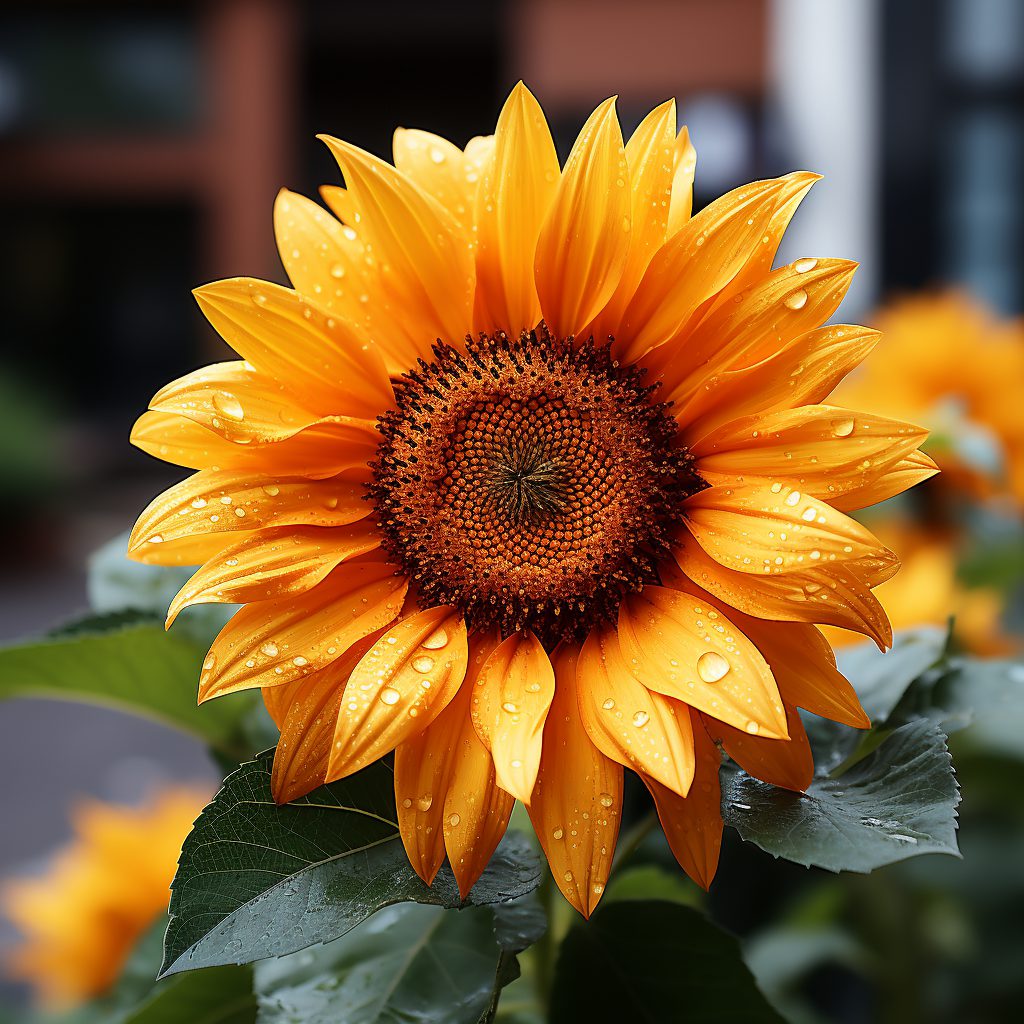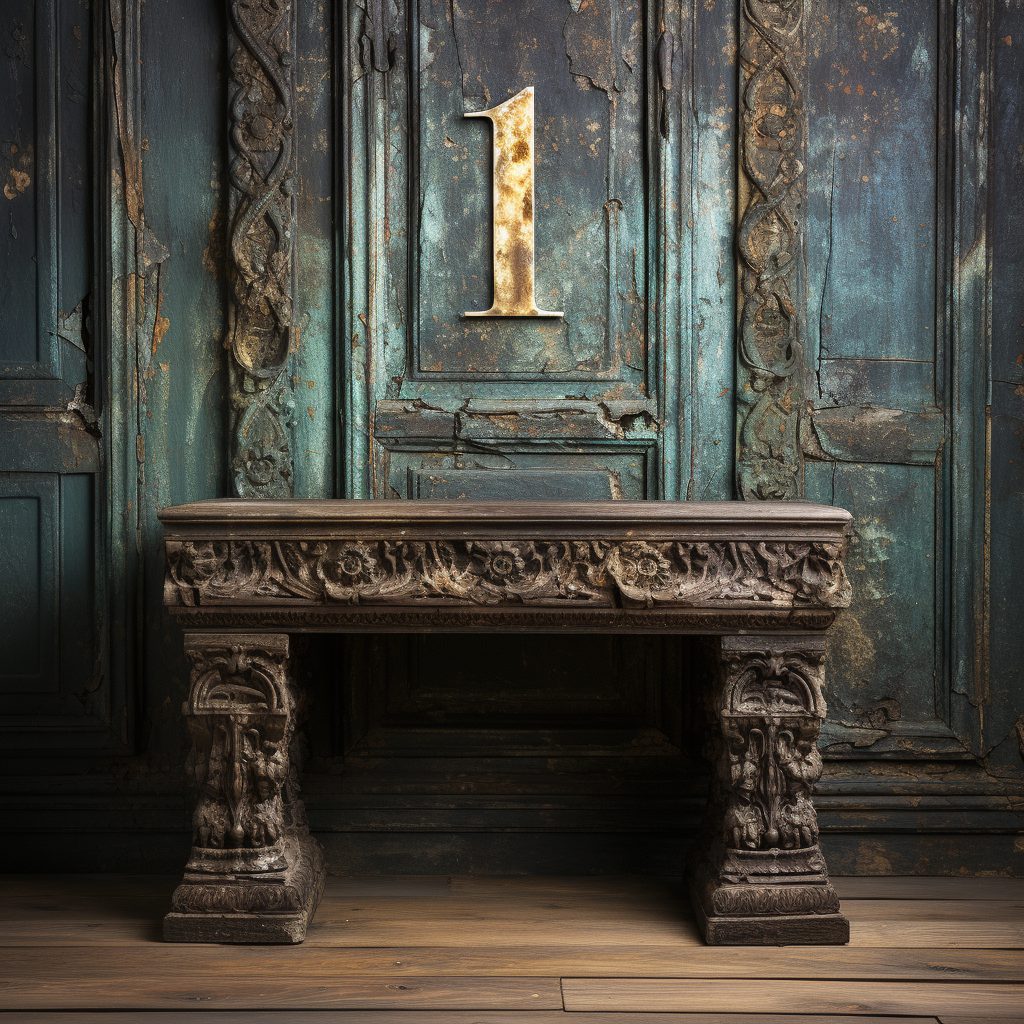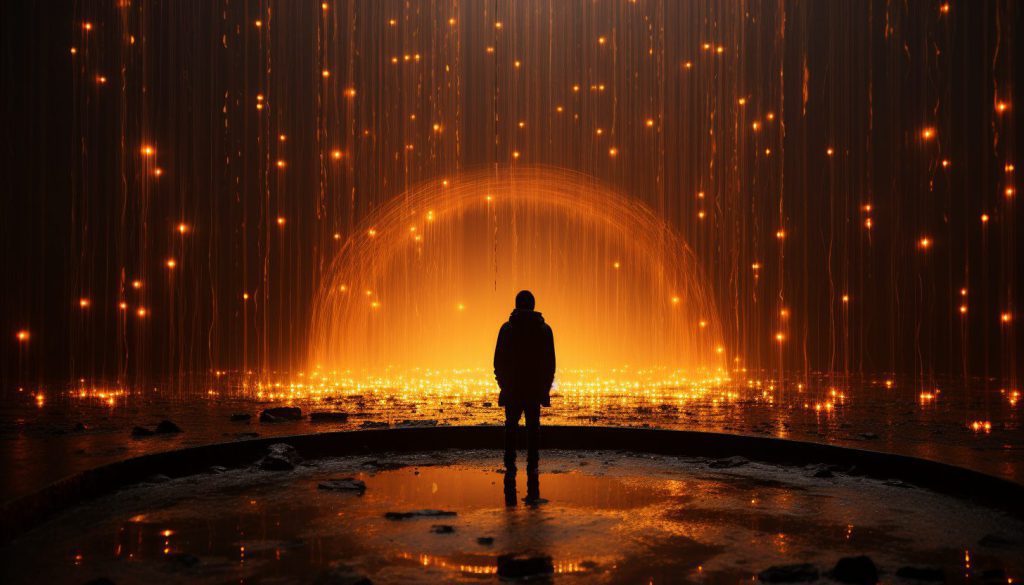Brief Overview of Unity Symbols: Unity symbols are powerful representations that convey the essential principles of oneness and solidarity. These symbols are widely recognized and utilized to express the fundamental idea of coming together, standing united, and forming an unbreakable bond that withstands the test of time and challenges.
The Importance and Usage of Unity Symbols: Unity symbols hold significant importance as they serve as visual reminders and inspirations for individuals and communities to foster cooperation and harmony. They are used in various contexts, including social movements, spiritual practices, and cultural rituals, to promote peace, collaboration, and a sense of belonging among people.
The Circle is often recognized as the universal symbol of unity. With its continuous, unbroken form, the circle represents eternity and endlessness, embodying the idea that unity is an ongoing process that encompasses all elements within. The circle is a powerful symbol that signifies inclusion, wholeness, and infinity, making it a prominent and revered symbol of unity in various cultures and philosophies around the globe.
Historical and Political Symbols of Unity
Throughout history, various symbols have emerged that represent unity, solidarity, and collective strength. These symbols often have deep historical roots and have been used in political movements, royal heraldry, and other significant events to convey the message of unity and togetherness. Let’s delve into some of the most prominent historical and political symbols of unity:
- 1. Tudor Rose (Red and White Roses)
- 2. Raised Fist
- 3. Cross of Lorraine
- 4. Masonic Trowel
- 5. Lambda
The Tudor Rose, a combination of the red rose of Lancaster and the white rose of York, symbolizes the unity of two warring factions in English history. After years of conflict known as the Wars of the Roses, the Tudor dynasty brought peace and unity to England by merging these two symbols into one.
Often associated with resistance, power, and solidarity, the raised fist has been a universal symbol of unity, especially during political movements. It stands as a sign of defiance against oppression and a call for collective action.
Originating from the historic region of Lorraine in France, the Cross of Lorraine consists of one vertical and two evenly spaced horizontal bars. It has been a symbol of French patriotism and resistance, especially during World War II when it was adopted by the Free French Forces.
In Freemasonry, the trowel is used symbolically to spread the cement of brotherly love and affection. It signifies the unity and harmonious relationship among the fraternity members, emphasizing the importance of coming together for a common purpose.
The Greek letter Lambda has been a symbol of unity and resistance. Historically used by the Spartans as a shield pattern, in modern times, it has been adopted as a symbol of gay rights and the broader LGBTQ+ community, representing liberation and unity.
These symbols, deeply rooted in history and culture, serve as powerful reminders of the strength found in unity and the importance of coming together for a shared cause or purpose.
Geometrical Symbols Representing Unity
Geometry, with its precise and universal language, has long been a source of symbols representing unity. With their simple yet profound forms, these geometrical figures convey the essence of coming together, interconnectedness, and the unbreakable bonds of unity. Below are some of the most recognized geometrical symbols that have been celebrated for their representation of unity:
- 6. Circle
- 7. Ouroboros
- 8. Borromean Rings
- 9. Möbius Strip
- 10. Triquetra
The circle, a simple and perfect shape, is a universal symbol of unity and wholeness. With no beginning or end, it represents eternity, totality, and the infinite. The circle is seen as protective and inclusive in various cultures, encompassing everything within its boundaries and keeping negativity out.
The Ouroboros, depicted as a serpent or dragon eating its tail, is an ancient symbol representing cyclicality, eternal renewal, and the endless cycle of life, death, and rebirth. It embodies the harmony of opposites and the unity in the existence cycle.
Comprising three interlocking rings, the Borromean Rings visually represent unity and interconnectedness. None of the rings are linked to each other directly, yet they are inseparably connected, symbolizing strength in unity and the idea that one component is integral to the whole.
The Möbius Strip is a surface with only one side and one boundary, symboling infinity and unity. Its unique and enigmatic structure represents the idea of continuity and the interconnectedness of all things in the universe.
With its roots in Celtic and Nordic traditions, the Triquetra comprises three interlocked arcs. Often used to represent the Holy Trinity in Christian iconography, it also symbolizes the unity of mind, body, and spirit and the interconnectedness of life, death, and rebirth.
These geometrical symbols, with their elegant and timeless forms, encapsulate the profound concept of unity in various dimensions, serving as visual metaphors for the interconnected tapestry of existence.
Symbols of Unity in Nature
Nature, with its intrinsic harmony and balance, offers a plethora of symbols that embody unity. These natural symbols, observed in flora and fauna, encapsulate the essence of togetherness, cooperation, and the seamless web of life. Here are some notable symbols of unity derived from the natural world:
-
 11. Penguin
11. Penguin - 12. Dove
-
 13. Swan
13. Swan - 14. Beaver
- 15. Ficus Plant (Chinese Banyan)
Penguins are often associated with unity and togetherness due to their social behavior. Living and working together in large colonies, they rely on cooperation and collective effort to survive in harsh environments, symbolizing the power of community and unity.
Universally recognized as a symbol of peace and love, the dove also represents unity. Often depicted with an olive branch, it embodies reconciliation, harmony, and the end of conflict, serving as a powerful symbol of hope and unity in various cultures and religious traditions.
Swans, known for forming lifelong partnerships, symbolize love, grace, and unity. Their enduring bonds and cooperative parenting symbolize commitment, fidelity, and the harmonious blending of masculine and feminine energies.
Beavers, celebrated for their industriousness and architectural prowess, work together to build dams and lodges, showcasing remarkable teamwork and collaboration. They symbolize the power of community, hard work, and shared goals in creating something enduring and protective.
The Ficus Plant, or Chinese Banyan, is revered in various cultures for its expansive canopy and intricate root system, symbolizing shelter, life, and connectivity. It stands as a metaphor for unity, protection, and the interconnected network of life.
Through these symbols, nature whispers the timeless wisdom of unity and interconnectedness, inspiring humanity to embrace the spirit of togetherness and harmony in the tapestry of life.
Floral Emblems of Unity
Flowers, with their diverse and captivating beauty, have long been symbols of various sentiments and ideals, including unity. Each flower carries a unique story and significance, subtly conveying messages of unity and togetherness through their growth patterns, arrangements, and cultural associations. Below are some floral emblems that are often associated with unity:
- 16. Hydrangea
-
 17. Sunflower
17. Sunflower - 18. Forget-Me-Not
-
 19. Dandelion
19. Dandelion
The hydrangea symbolizes unity due to its distinctive characteristic of being a cluster of small flowers that form a larger, round bloom. This unique structure represents individuals coming together to create something beautiful and significant, mirroring the power of collective unity and harmony.
Sunflowers, with their bright, open faces, symbolize warmth, positivity, and adoration. The myriad of seeds tightly packed at their center is often seen as a symbol of unity and the tight-knit community, reflecting cohesion, sustainability, and the fruitful results of collaboration.
Forget-Me-Nots, with their delicate, tiny blue flowers, are symbols of remembrance, love, and unity in diversity. They often represent true love and the enduring bond between individuals, reminding them of the strength and permanence of relationships built on trust and mutual support.
Dandelions, often associated with hope and perseverance, also symbolize unity. Each dandelion comprises numerous tiny florets, creating a seemingly singular flower head. This structure symbolizes the idea that though we are individuals, we are also part of something larger, emphasizing unity in diversity.
These floral symbols of unity gently remind us of the importance of togetherness, collaboration, and the beauty inherent in standing united with others.
Symbols of Unity in Art and Mythology
Art and mythology have always been reflective of human beliefs, values, and aspirations. Over time, various symbols have been conceived and revered as representations of unity, each carrying unique cultural and historical significance. Here are some of the notable symbols of unity found in art and mythology:
- 20. Clasping Hands
- 21. Trinity Knot
-
 22. Number 1
22. Number 1 - 23. Odal Rune (Odal)
- 24. Iodhadh
- 25. Northern Knot
- 26. Braid
-
 27. Rainbow
27. Rainbow - 28. Bi Nka Bi
Clasping hands or handshake is a universal symbol of agreement, partnership, and unity. It represents two or more individuals coming together in friendship, trust, and cooperation, signifying a bond formed on mutual respect and understanding.
The Trinity Knot, or Triquetra, is a Celtic symbol consisting of three interlocked arcs. Often used to represent the Holy Trinity in Christian art, it also symbolizes the unity of mind, body, and spirit and the interconnectedness of life, death, and rebirth in pagan traditions.
The number one is universally recognized as a symbol of singularity and unity. It signifies beginning, wholeness, and the unity emanating from all diversity. In various cultures and spiritual practices, the number one is revered as the source and center of all existence.
The Odal Rune represents heritage and inheritance in Norse mythology, symbolizing the unbreakable bonds and unity within the family and community. It stands for the shared history, values, and traditions that unite groups of people across generations.
Iodhadh, or Yew, is a symbol in Celtic mythology associated with resurrection and eternity. The Yew tree, which is long-living and resilient, symbolizes the everlasting unity of all things in the universe, the cycle of death and rebirth, and the interconnectedness of past, present, and future.
The Northern Knot is a symbol often found in ancient Nordic and Celtic art, representing eternity and the interconnectedness of all things in the universe. Its endless looping design signifies the continuous cycle of life and the enduring bonds of unity and fellowship among people.
The Braid, often seen in various art forms, symbolizes strength, unity, and combining different elements to form a stronger, more beautiful whole. It visually represents the power of collaboration and the unbreakable bonds formed through shared goals and visions.
The Rainbow is a universal symbol of hope, promise, and unity. With its spectrum of colors harmoniously coexisting, it represents diversity and inclusion, signifying the beauty and strength found in unity amidst diversity.
Bi Nka Bi is an Adinkra symbol from West Africa for peace and unity. It is a visual representation of the proverb “no one should bite the other”, emphasizing harmony, fairness, and the importance of peaceful coexistence and unity among all people.
These symbols, deeply embedded in art and mythology, continue to inspire and remind us of the timeless and universal value of unity and togetherness.
Crystal Symbolizing Unity
Crystals have been used throughout history for their aesthetic and metaphysical properties, with each crystal believed to possess unique energies and symbolic meanings. Among the myriad of crystals, Chalcedony stands out as a powerful symbol of unity:
- 29. Chalcedony
Chalcedony is a nurturing stone that promotes brotherhood and goodwill. It absorbs negative energy and harmonizes the mind, body, emotions, and spirit. With its translucent, milky appearance, Chalcedony symbolizes transparency, unity, and the soothing and calming energy that fosters community and benevolence. It is often used to promote stability and to enhance the unity within a group or family, making it a crystal that truly embodies the essence of unity and togetherness.
Conclusion: The Significance and Impact of Unity Symbols
Unity symbols have been integral to human societies, serving as visual representations and reminders of the importance and strength of togetherness and solidarity. These symbols, each with their unique origins and meanings, convey the timeless and universal value of unity, fostering a sense of belonging and interconnectedness among individuals and communities.
The Significance of Unity Symbols:
Unity symbols hold profound significance as they encapsulate the ideals of harmony, collaboration, and oneness. They serve as beacons that guide individuals and groups toward mutual understanding, respect, and shared purpose, fostering a sense of identity and cohesion.
How Unity Symbols are Used Today:
In contemporary times, unity symbols continue to be used in various contexts, from social movements to brand logos, to convey solidarity and collective strength. They are often seen in art, literature, and public spaces, serving as powerful tools for communication and expression, inspiring people to come together for common causes and shared values.
The Impact of Unity Symbols on Society and Culture:
Unity symbols have a transformative impact on society and culture, promoting peace, cooperation, and inclusivity ideals. They play a crucial role in shaping social narratives and fostering a culture that values and celebrates unity in diversity. Through these symbols, societies can navigate challenges and conflicts with a sense of shared responsibility and commitment to the greater good, ultimately contributing to creating more harmonious and united communities.
In conclusion, unity symbols are not mere artistic or cultural expressions but powerful icons that encapsulate the human aspiration for togetherness and harmony. Understanding and appreciating these symbols allows us to tap into their timeless wisdom and inspiration, guiding us toward building a world where unity and solidarity prevail.

